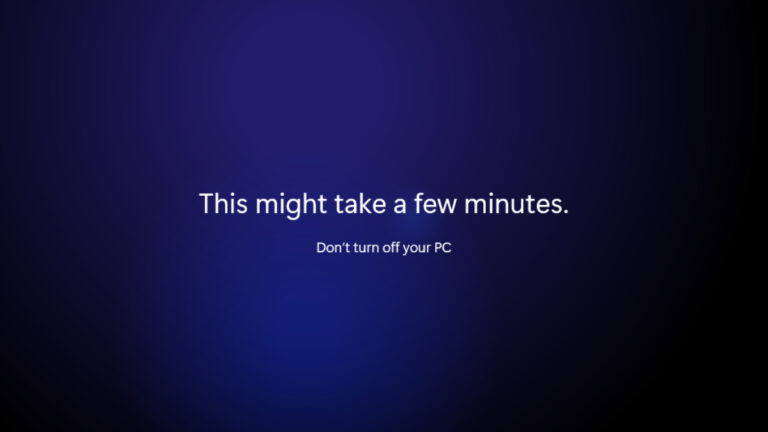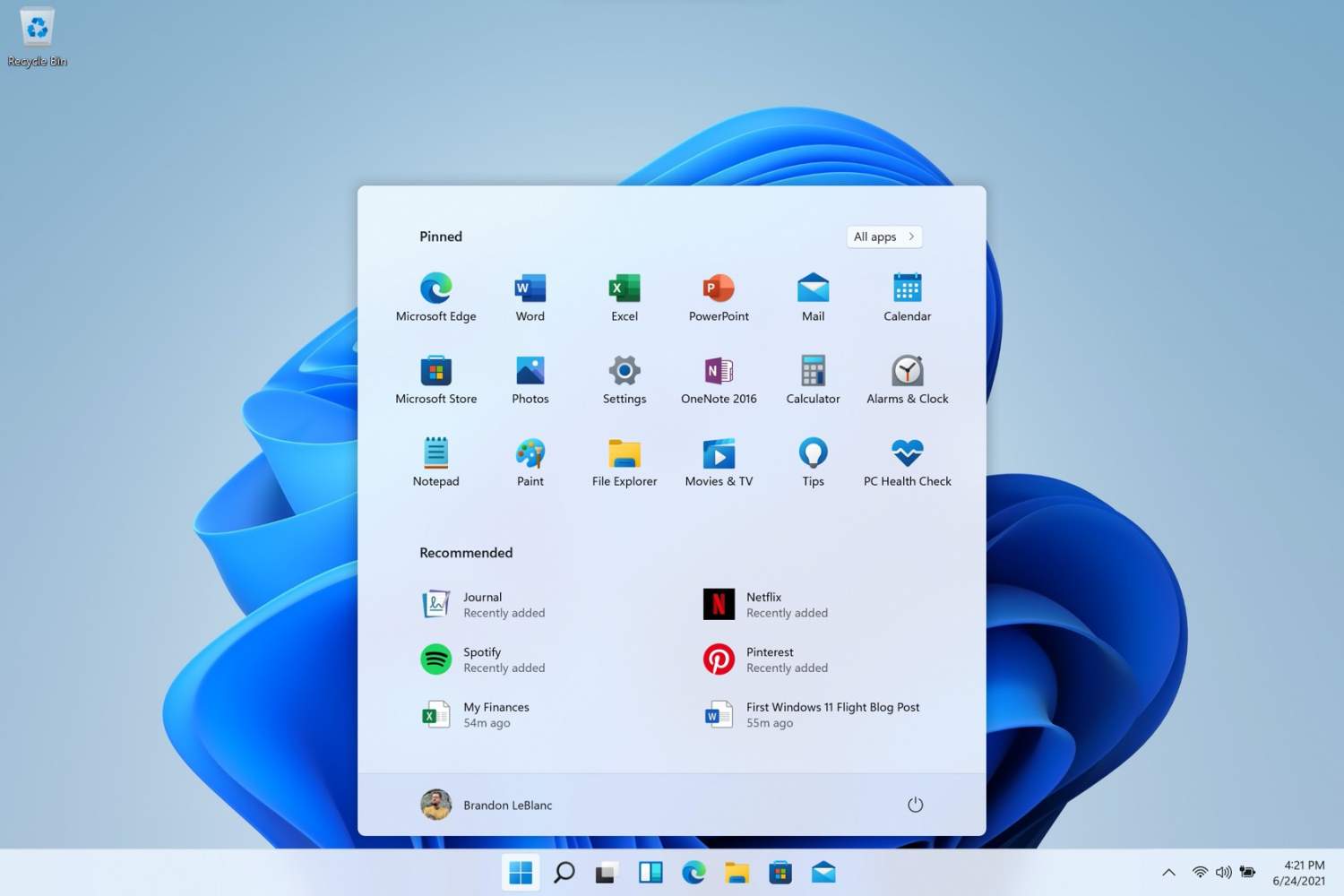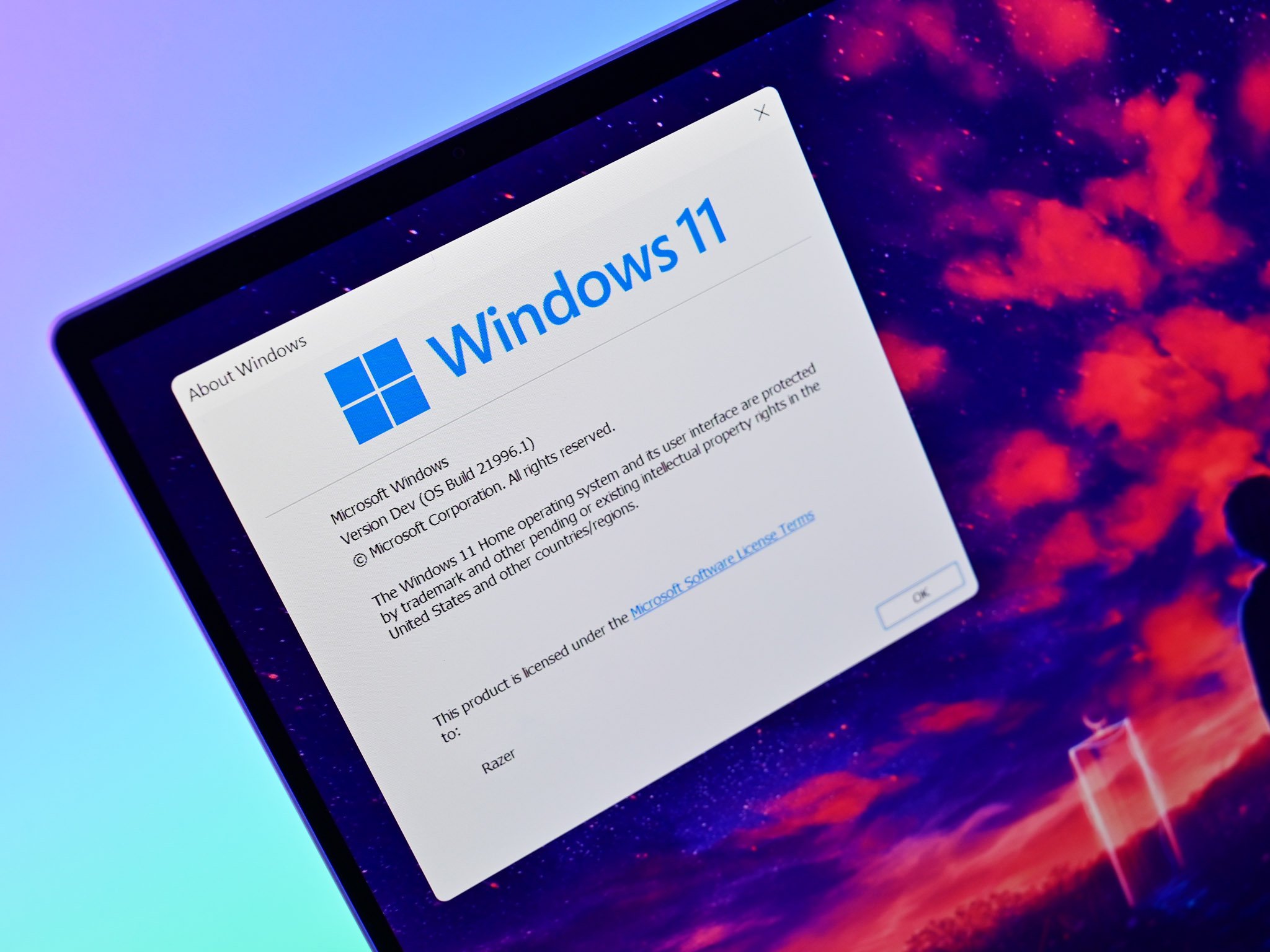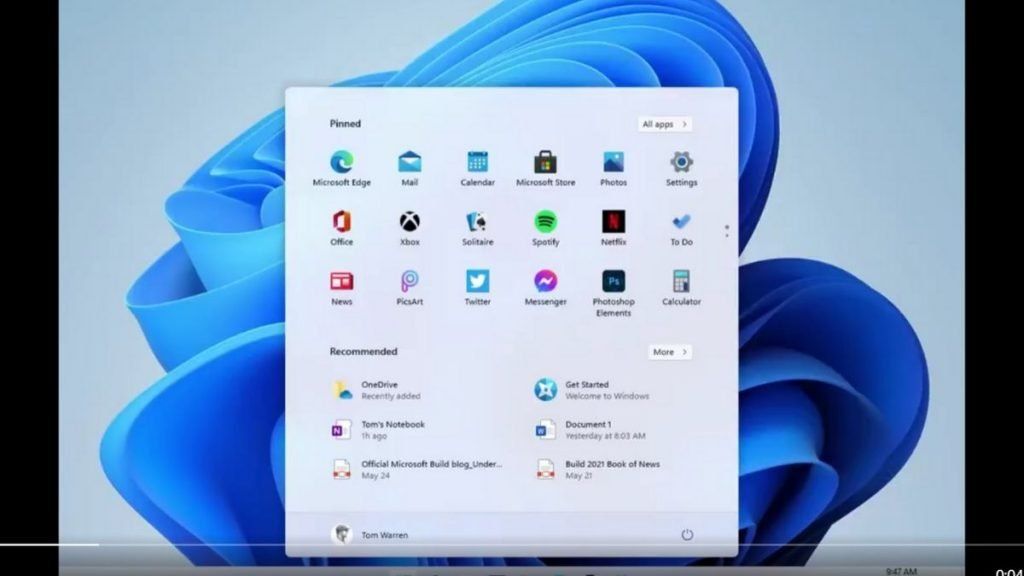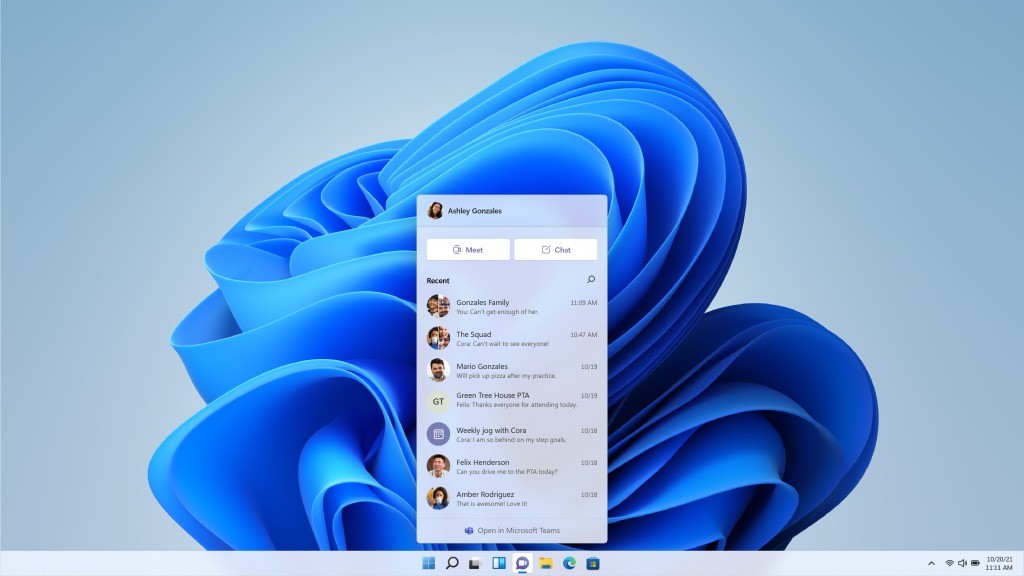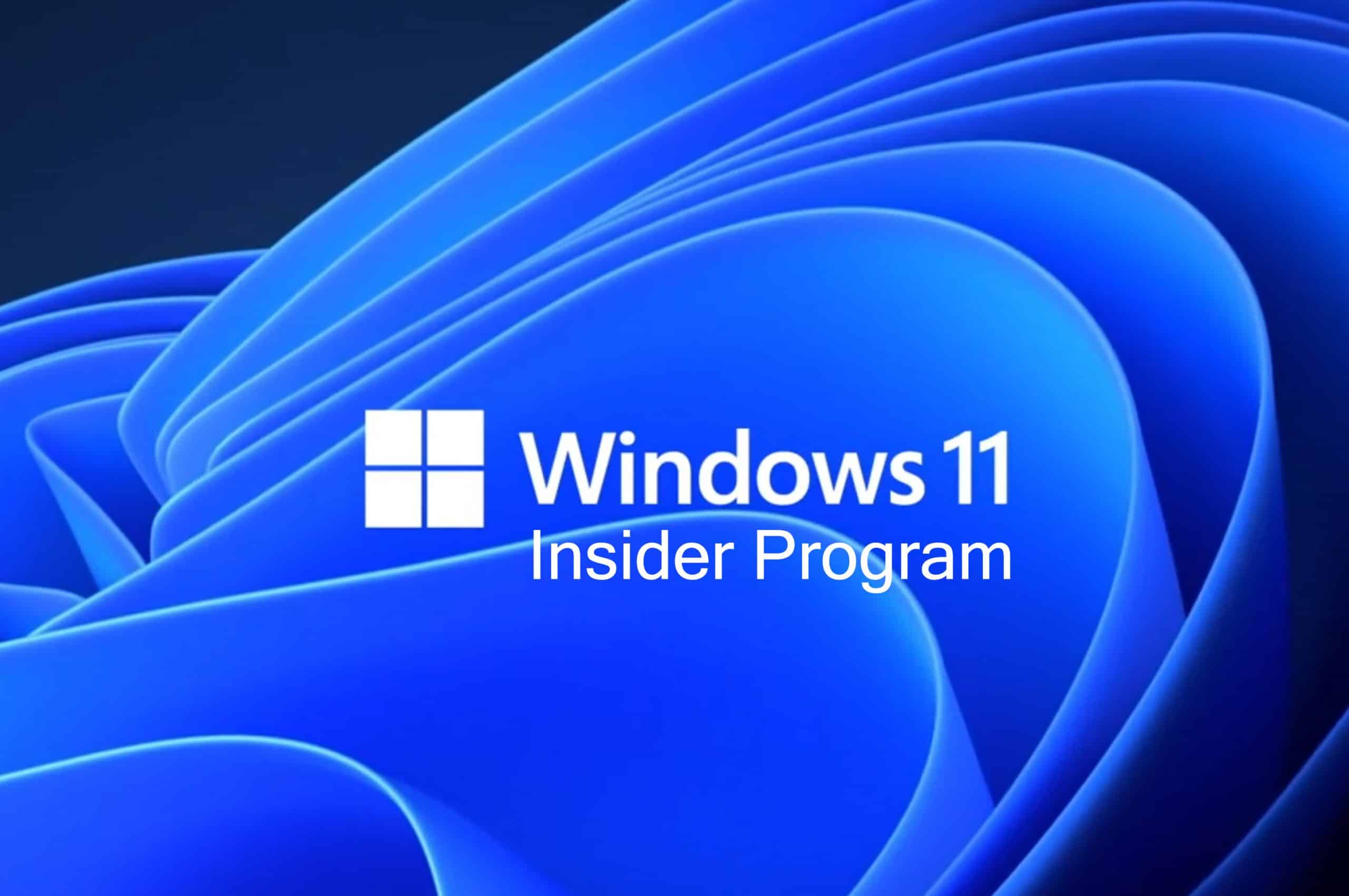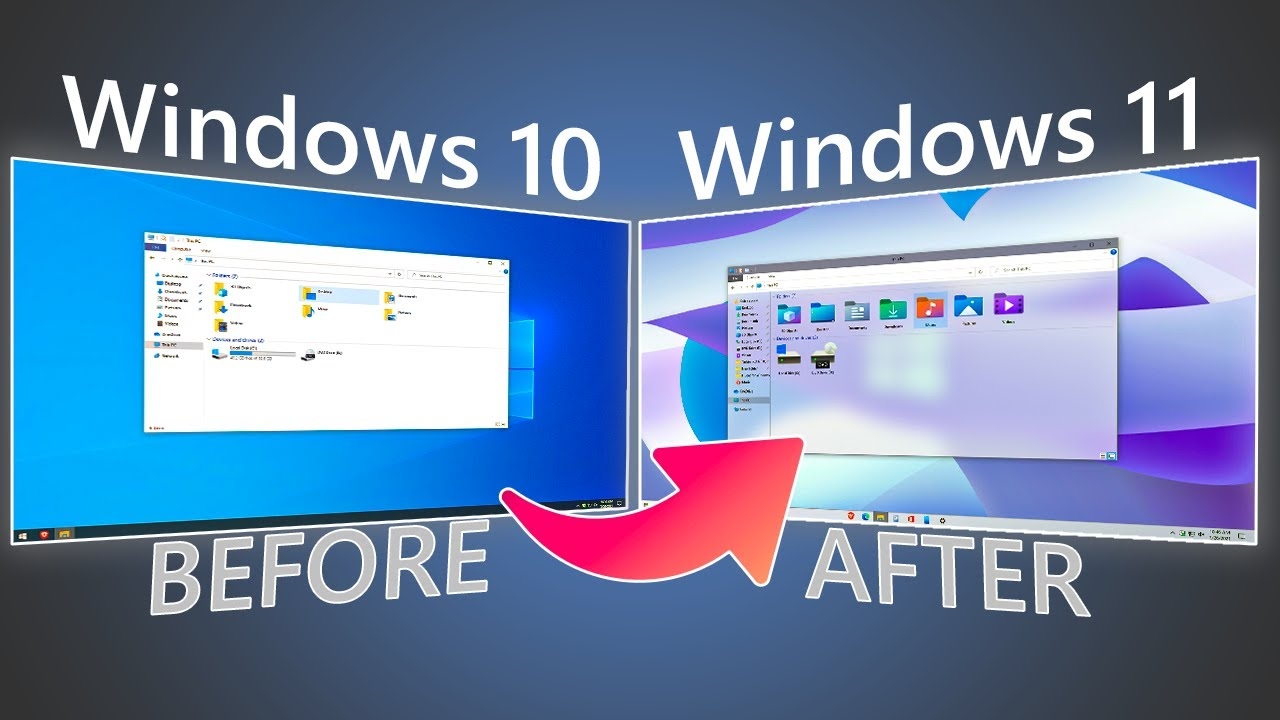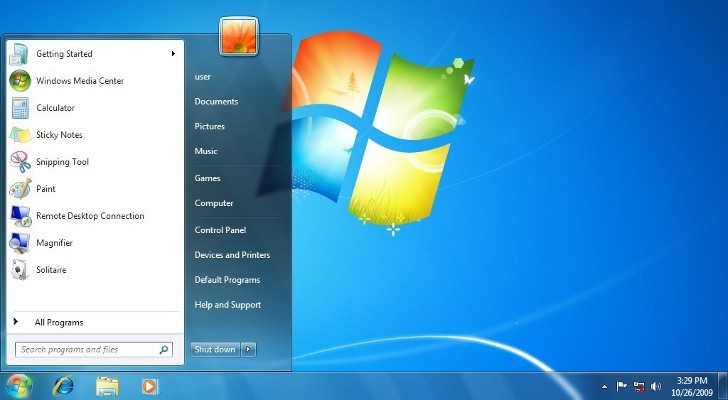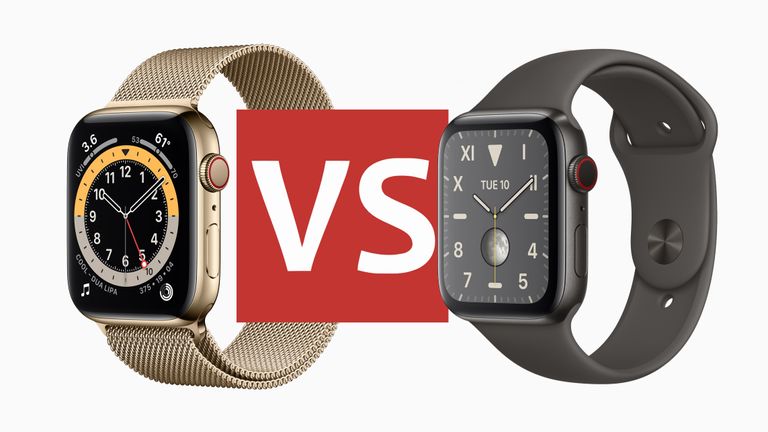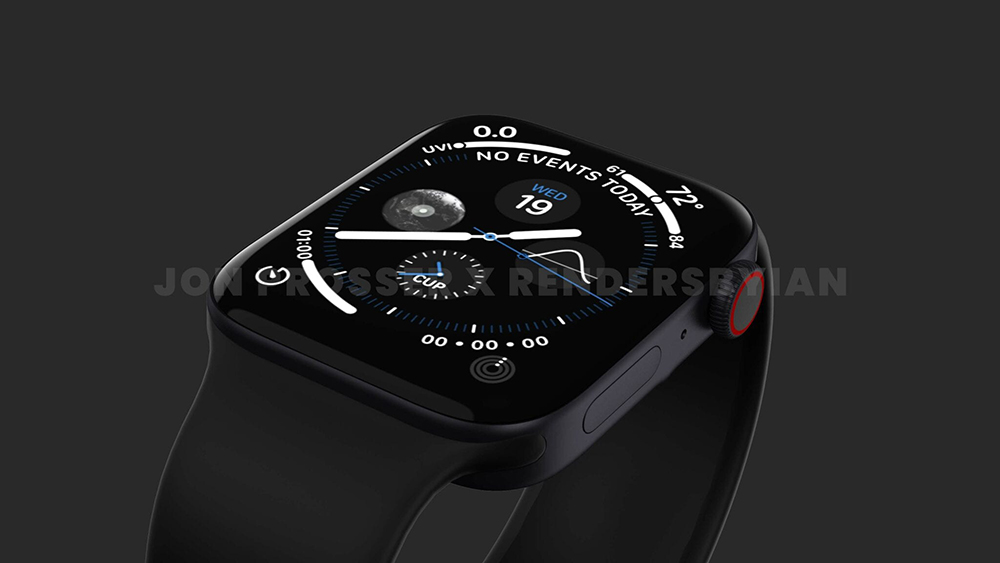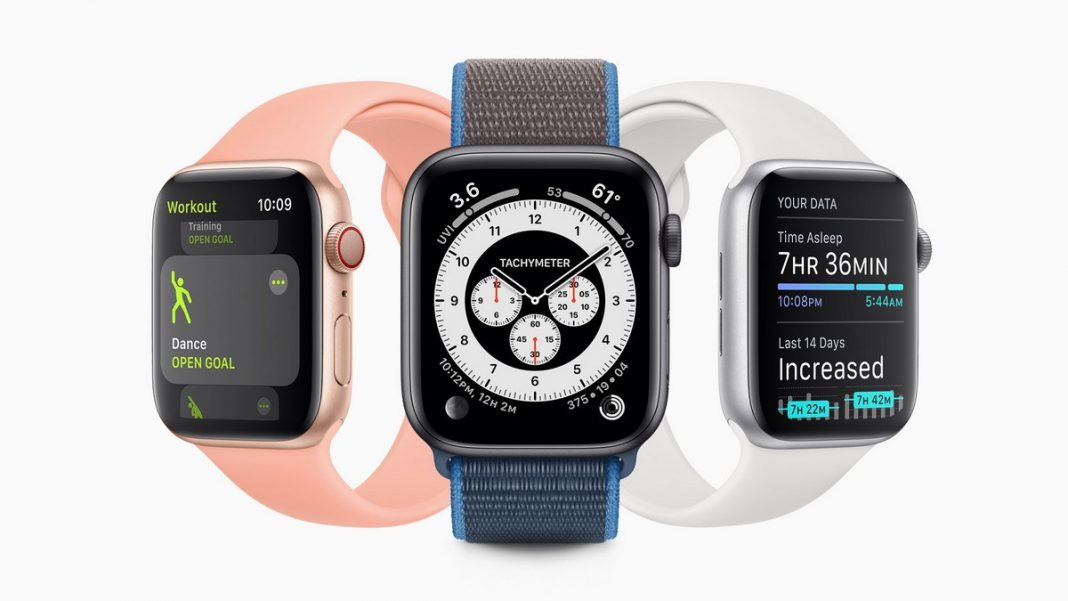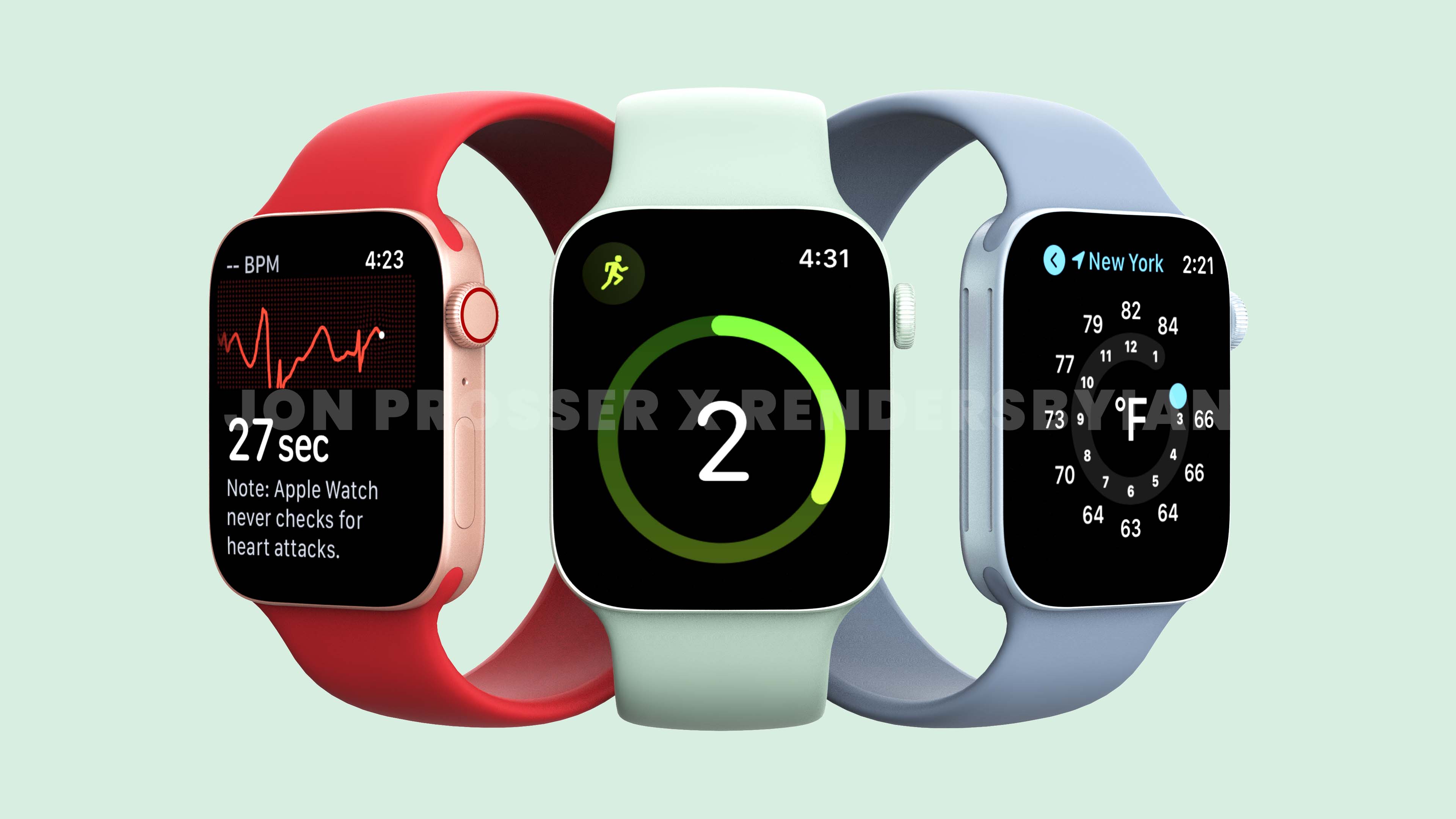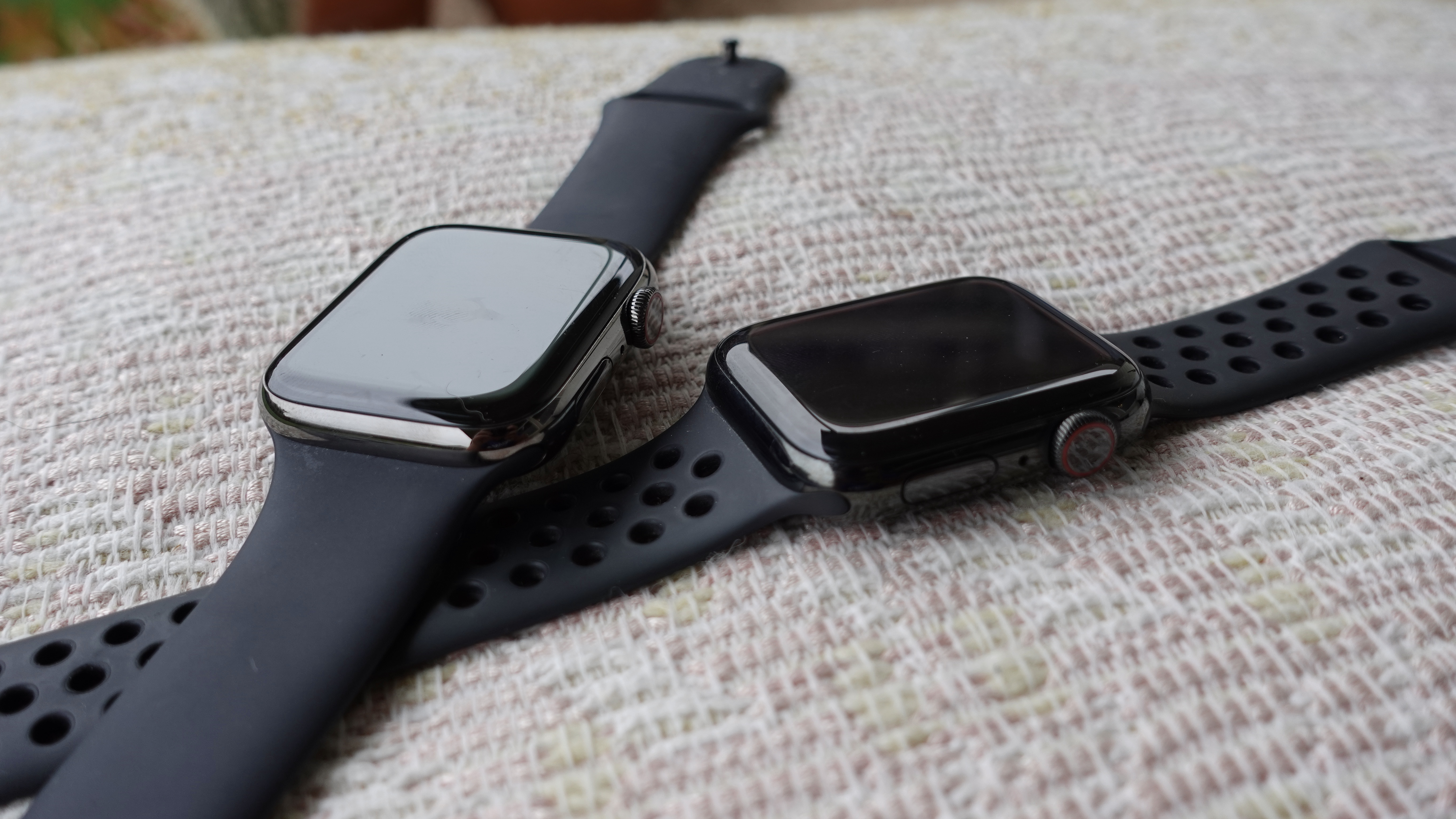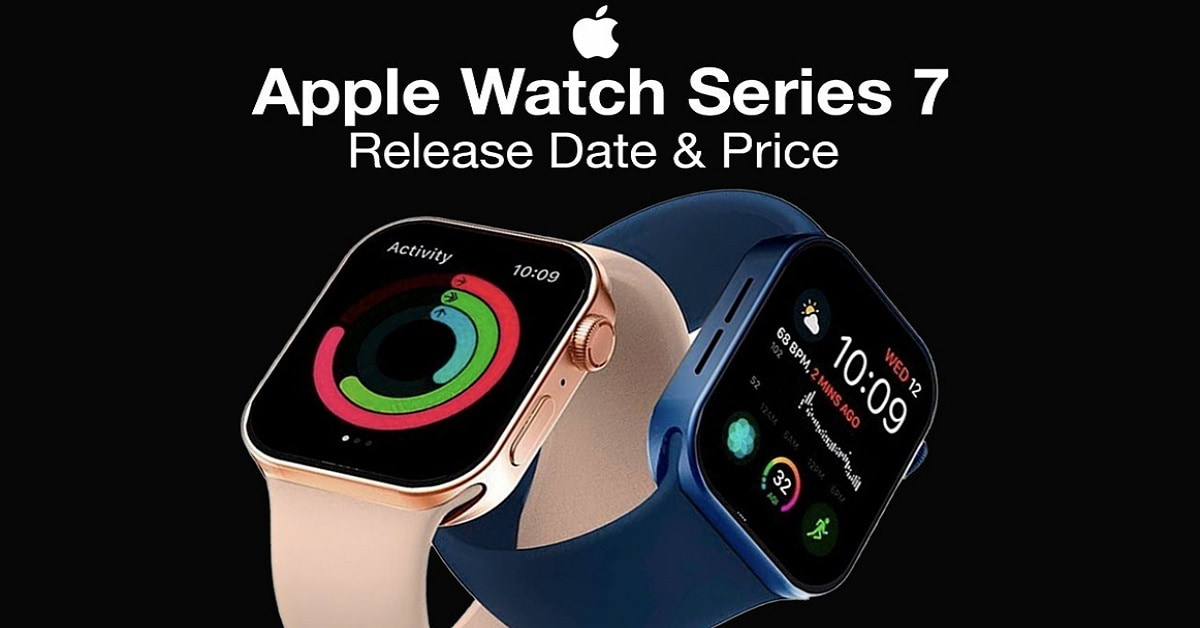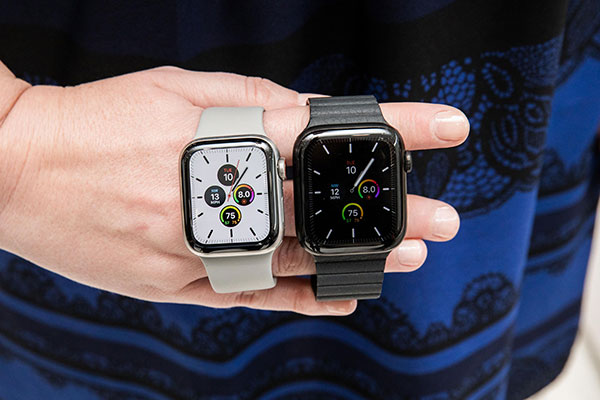If your existing Windows 10 PC is running Windows 10 20H1 or later and meets the minimum hardware specificationsit will be able to upgrade to Windows 11. The upgrade rollout plan is still being finalized, but for most devices already in use today, we expect it to be ready sometime in early 2022. Not all Windows 10 PCs that are eligible to upgrade will be offered to upgrade at the same time. To see if your PC is eligible to upgrade, refer to our knowledge base for a list of tested systems. Once the upgrade rollout has started, you can check if it is ready for your device by going to Settings/Windows Updates. Similar to how end users are notified when updates are available in Windows 10, end users will see an indication in the notification areas of the taskbar in the bottom right, that the upgrade is available.
More information on how that is presented will be available at a later date. Additional desktop notification options may be also be added at a later date. If your existing Windows 10 PC is running Windows 10 20H1 or later and meets the minimum hardware specifications it will be able to upgrade to Windows 11.
To see if your PC is eligible to upgrade, refer to the specifications here. Warren noted that he rarely used the Widgets panel or Microsoft Teams, citing that he preferred the weather display that later versions of Windows 10 offered, and didn't use Teams to communicate with his friends and family. He also acknowledged the expansion of Microsoft Store to include more "traditional" desktop applications. Overall, he concluded that "I wouldn't rush out to upgrade to Windows 11, but I also wouldn't avoid it. After all, Windows 11 still feels familiar and underneath all the UI changes, it's the same Windows we've had for decades."
If your existing Windows 10 PC is running the most current version of Windows 10 and meets the minimum hardware specifications it will be able to upgrade to Windows 11. Not all Windows 10 PCs that are eligible to upgrade to Windows 11 will be offered to upgrade at the same time. Cunningham concluded that "as I've dug into and learned its ins and outs for this review, I've warmed to it more", but argued that the OS was facing similar "public perception" issues to Windows Vista and Windows 8. In October 2019, Microsoft announced "Windows 10X", a future edition of Windows 10 designed exclusively for dual-touchscreen devices such as the then-upcoming Surface Neo. Legacy Windows applications would also be required to run in "containers" to ensure performance and power optimization. Microsoft stated that it planned to release Windows 10X devices by the end of 2020.
Microsoft is soon going to launch its new Windows 11 and if you are a Windows 10 user, an upgrade to the new operating system would be free. The official release date is not out yet, but Windows 11 is expected to arrive in the 2021 holiday season, sometime in the coming months. As soon as it arrives, users will be able to update to the new operating system just like how it was done with Windows 10. As long as your desktop or laptop meets the minimum requirements.
Original equipment manufacturers can still ship computers without a TPM 2.0 coprocessor upon Microsoft's approval. Some third-party software may refuse to run on unsupported configurations of Windows 11. A redesigned user interface is present frequently throughout the operating system, building upon Fluent Design System; translucency, shadows, a new color palette, and rounded geometry are prevalent throughout the UI. Internet Explorer has been replaced by the Chromium-based Microsoft Edge as the default web browser, and Microsoft Teams is integrated into the Windows shell. Microsoft also announced plans to allow more flexibility in software that can be distributed via Microsoft Store, and to support Android apps on Windows 11 .
If the Microsoft Surface family of products isn't your style though, other brands like Dell, Asus and HP have all released pages online that specify what devices are Windows 11 ready. Note that many won't come with the new operating system installed, but as they all meet the minimum system requirements, you can simply buy the laptop or 2-in-1 as normal and then update it yourself. With its machine learning technology, Microsoft has determined further devices on which the Windows 11 update prompt should now appear automatically. The Redmond-based software company has not revealed any additional information on which exact PC configurations are included in this third group. However, manually triggering the Windows 11 update, which is how many tech enthusiasts probably installed Windows 11 in the past weeks, is no longer necessary on these PCs. Users can simply check the regular Windows Update application in order to verify whether the Windows 11 upgrade is ready to download on their respective device.
Most Windows 10 PCs currently being sold will be able to upgrade to New Windows. For the PC to be able to upgrade to New Windows, it must meet the minimum hardware specifications and specific hardware is required for some features found here. The upgrade rollout plan is still being finalised but is scheduled to begin late in 2021 and continue into 2022.
If you are having a brand new laptop or PC, then your system must be compatible with Windows 11 or even might come with it preinstalled. But issues may arise with the older versions of PCs, as its hardware might not match with the requirements of Windows 11. If your PC has a 7th gen or previous Intel CPU, then it is unsupported by the latest upgrade. Still, you can migrate to Windows 11, but the way is a little more complicated as you will need to download install files, then perform a clean install and then restore the program and data files.
Windows 11 will initially be available for testing purposes to Windows Insider members starting next week. It will also be available as a free upgrade to Windows 10 users later this year and come pre-installed on new PCs. Microsoft has also released the PC Health Check app for people to check if their Windows 10 PC is upgradable. It was speculated that the company would also bring the new operating system to Windows 7 and Windows 8 machines.
However, Microsoft confirmed to Gadgets 360 that users with a Windows 7 PC that meets the minimum specifications could be upgraded to Windows 11 after purchasing a Windows 10 license. You can refer to our knowledge base for a list of tested systems to determine if your device eligible to upgrade to Windows -11. Many PCs that are less than four years old will be able to upgrade to Windows 11. They must be running 20H1 or later version of Windows 10 and meet the minimum hardware requirements to receive the Windows 11 upgrade. It's not imperative that you upgrade your system to Windows in the next couple of weeks, or even months.
According to Microsoft's own lifecycle website, Windows 10 Home, Pro and Enterprise editions will continue to be supported by Microsoft until October 2025; your device will get essential security updates for another four years. For many people, that's about the time to upgrade to a newer device, one that will come with Windows 11 already installed. Microsoft has already confirmed that it will start rolling out Windows 11 preview builds of Windows 11 to users in the Windows Insider programme next week.
But to download Windows 11, you will first need to check if your computer has a 64-bit processor, 4GB RAM and 64GB storage. Basically, Microsoft has changed the minimum requirements needed to run Windows 11. You can find the minimum specifications required for the update by opening the PC health app, which is a free download from Microsoft.
One of the most notable changes, which we already saw in a recently leaked ISO, that Windows 11 brings to the users currently running Windows 10 is the new interface. It starts with a fresh setup screen and continues to give a fresh look and feel across all core Windows elements. There are rounded corners on menus and windows that look similar to the recent iPadOS release. You'll also see the Start menu at the centre that is aimed at providing a modern experience. All HUAWEI PCs with Windows 10 currently being sold on HUAWEI Consumer BG website will be able to upgrade to Windows 11. For the PC to be able to upgrade to Windows 11, it must meet the minimum hardware specifications and specific hardware is required for some features.
The upgrade rollout plan is still being finalized but is scheduled to begin late in 2021 and continue into 2022. All Dell PCs with Windows 10 currently being sold on dell.com will be able to upgrade to Windows 11. Citing security considerations, the system requirements for Windows 11 were increased over Windows 10. While the OS can be installed on unsupported processors, Microsoft does not guarantee the availability of updates.
Windows 11 also drops support for 32-bit x86 CPUs and devices which use BIOS firmware. To see if your PC is eligible to upgrade, refer to our supported computer lists. At least 16GB of RAM The basic system requirements of Windows 11 differ significantly from Windows 10. Windows 11 only supports 64-bit systems such as those using an x86-64 or ARM64 processor; IA-32 processors are no longer supported. Thus, Windows 11 is the first ever consumer version of Windows not to support 32-bit processors and 16-bit software .
The minimum RAM and storage requirements were also increased; Windows 11 now requires at least 4GB of RAM and 64GB of storage. S mode is only supported for the Home edition of Windows 11. The compatibility list includes the Intel Core i7-7820HQ, a seventh-generation processor used by the Surface Studio 2, although only on devices that shipped with DCH-based drivers. Windows 11 SE was announced on November 9, 2021, as an edition exclusively for low-end devices sold in the education market, and a successor to Windows 10 S.
It is bundled with applications such as Microsoft Office for Microsoft 365, Minecraft Education Edition, and Flipgrid, while OneDrive is used to save files by default. Windows 11 SE does not include Microsoft Store; third-party software is provisioned or installed by administrators. As part of the minimum system requirements, Windows 11 only runs on devices with a Trusted Platform Module 2.0 security coprocessor. According to Microsoft, the TPM 2.0 coprocessor is a "critical building block" for protection against firmware and hardware attacks.
In addition, Microsoft now requires devices with Windows 11 to include virtualization-based security , hypervisor-protected code integrity , and Secure Boot built-in and enabled by default. The operating system also features hardware-enforced stack protection for supported Intel and AMD processors for protection against zero-day exploits. Microsoft continues to test new features and improvements after Windows 11 was released.
It only tests the latest version of Windows with members who participate in the Windows Insider Program in the Dev, Beta and Release Preview channels. The Beta and Release Preview channels offer admins and users a sneak peek at the end of the month of non-security updates that will arrive in the Patch Tuesday update, which falls on the second Tuesday of every month. First, see if your PC running Windows 10 is eligible for free upgrades to Windows 11. You check all details for the same at Microsoft's site for specifications.
Windows 11, the first major Windows release since 2015, builds upon its predecessor by revamping the user interface to follow Microsoft's new Fluent Design guidelines. The redesign, which focuses on ease of use and flexibility, comes alongside new productivity and social features and updates to security and accessibility, addressing some of the deficiencies of Windows 10. The short answer is no, Microsoft isn't going to force anyone to upgrade to Windows 11. Starting with Windows 10 version 1903, the Redmond firm stopped forcing people to install feature updates. This came after a disastrous Windows 10 version 1809 that actually deleted some users' files. If you haven't seen it through Windows Update yet, you can still get the final build through the Beta and Release Preview channels of the Windows Insider Program, as long as you have a compatible PC.
The Dev channel is already running rs_prerelease builds to test out new features, so be careful with that. If you enroll in the Dev channel, you'll have to do a clean installation of Windows 11 to roll back. And of course, you can also get it on a bunch of new laptops and desktops like the Surface Laptop Studio and Surface Pro 8.
These feel like features Microsoft will inevitably add back in over the coming months, which does highlight how meager an upgrade Windows 11 feels on launch day. And we're likely to see some other problems pop up as more people start using Windows 11, like the file explorer memory leak. Aside from the new aesthetic, the few big features Microsoft talked about in its presentation this summer—especially the ones to do with gaming—just aren't here yet. Windows Widgets are back in Windows 11, accessible via the dock, with Microsoft touting AI-powered dynamic features that enable widgets, as with the Start menu, to change depending on the apps you're using and the time of day. On the touchscreen, you can slide from the left on the desktop to have widgets appear. There is a way to install Windows 11 on unsupported hardware, but we wouldn't recommend it.
Although Microsoft hasn't confirmed it, the company has heavily implied that unsupported users won't receive critical security updates. If you still want to install, you can do so using the Media Creation Tool, which bypasses hardware checks. The Acer Swift 5 (SF514-55) ultrathin-and-light notebook marries an uber-stylish design with the latest performance technology. The touchscreen display is covered with a layer of Antimicrobial Corning Gorilla Glass, and you have the option to further include an antimicrobial solution on the touchpad, keyboard and all covers of the device. Microsoft makes you accept that the company can stop providing updates, and security patches to Windows 11 on these devices.
While Microsoft is unlikely to do that in practice, it's still better to be on the safer side. Also, you're likely to run into driver incompatibility issues on unsupported devices. Especially, if your computer is running hardware that is more than 5-6 years old. Windows 11 also comes with new sounds and alerts, including the fresh startup sound. Additionally, you'll get new themes, some new wallpapers, and an improved dark mode.
Widgets can bring on front by swiping from the left of the screen or can be placed full screen. You're provided with the options to rearrange widgets or resize them — as per your preference. You can also add or remove your widgets that can help you receive the latest news or weather updates. Some of the standout features in Windows 11 include a centered Taskbar and redesigned Start menu, an updated File Manager, a Widgets drawer, and all new Snap Groups and Snap Layouts for improved multitasking. There's also a redesigned Settings app, new themes, new sounds, and rounded corners everywhere you look.
If you aren't quite ready to upgrade yet, the final public build will be available for everyone on October 5th. Upgrades to Windows 11 will begin to roll out late in 2021 and continue into 2022. During this time, we will be doing some behind the scenes testing and validating for your specific PC. Windows Update will provide an indication if and when your PC is eligible.
For tablet users, Snap Assist will now intelligently snap apps above and below when using a device in portrait mode, a behavior that was missing in prior versions of Windows. Microsoft has also updated the switching orientation animation so that it's much more fluid, and also remembers where your apps were positioned when switching between landscape and portrait mode. Once you're up and running on Windows 11, the first thing you need to do is head to the Microsoft Store app and check for updates to ensure that you have the latest versions of all the pre-installed Windows 11 apps. Once that's done, you should also head to Windows Update in the new Settings app and check for updates there to ensure you have the latest drivers designed for Windows 11. Reception of Windows 11 upon its reveal was positive, with critics praising the new design and productivity features.
However, Microsoft was criticized for creating confusion over the minimum system requirements for Windows 11. On August 31, 2021, Microsoft announced that Windows 11 was to be released on October 5, 2021. The release would be phased, with newer eligible devices to be offered the upgrade first.
Windows 11 is officially out, meaning millions of PC owners are free to upgrade today (as long as their computers meet Microsoft's ridiculously strict system requirements). I've been testing a near-final pre-release version of Windows 11 for a while, and I'm here to spread the good news that my computer hasn't blown up once. Windows 11 is so far a completely non-lethal operating system, which is definitely a good sign, but maybe not enough justification to install it. To make the call on whether other PC gamers should actually install Windows 11 today, I've been spending some quality time with its new Start menu and rounded corners. Click Next to have Windows 11 check for any updates, then accept the license terms. The Ready to install screen shows that Windows 11 will be installed and that your personal files and apps will be kept.



